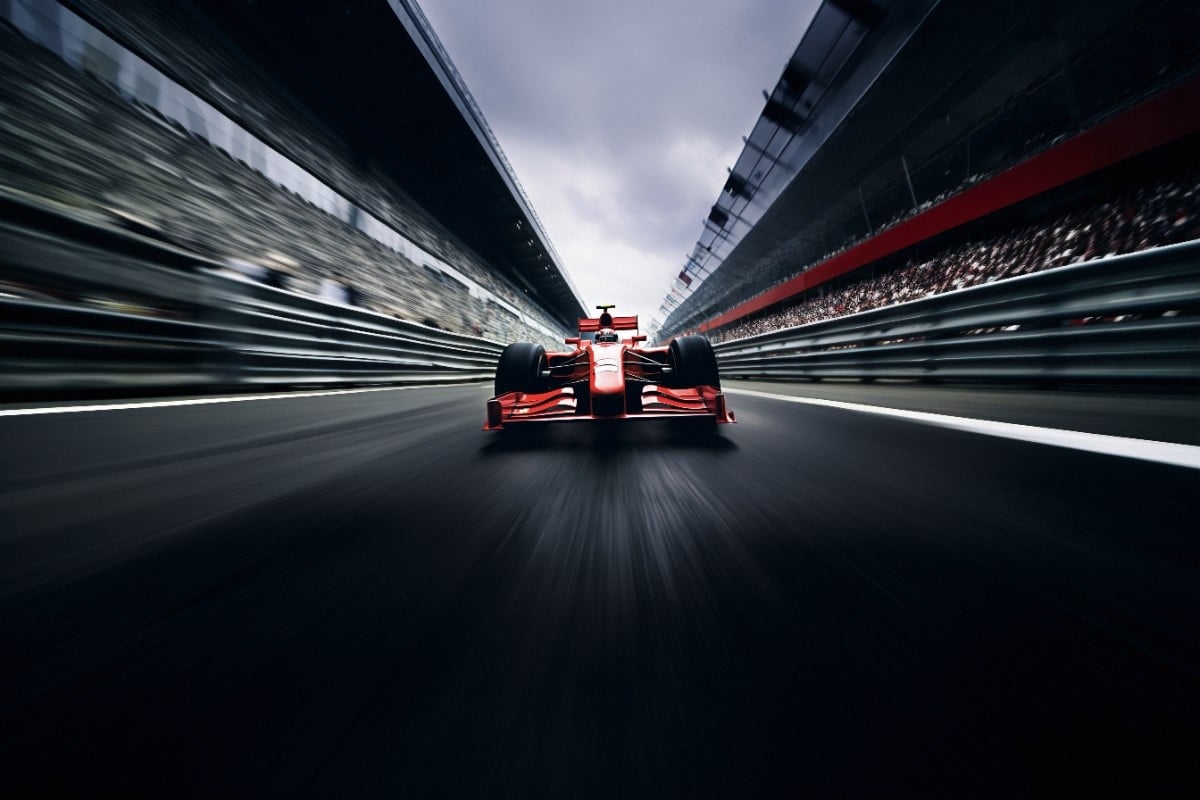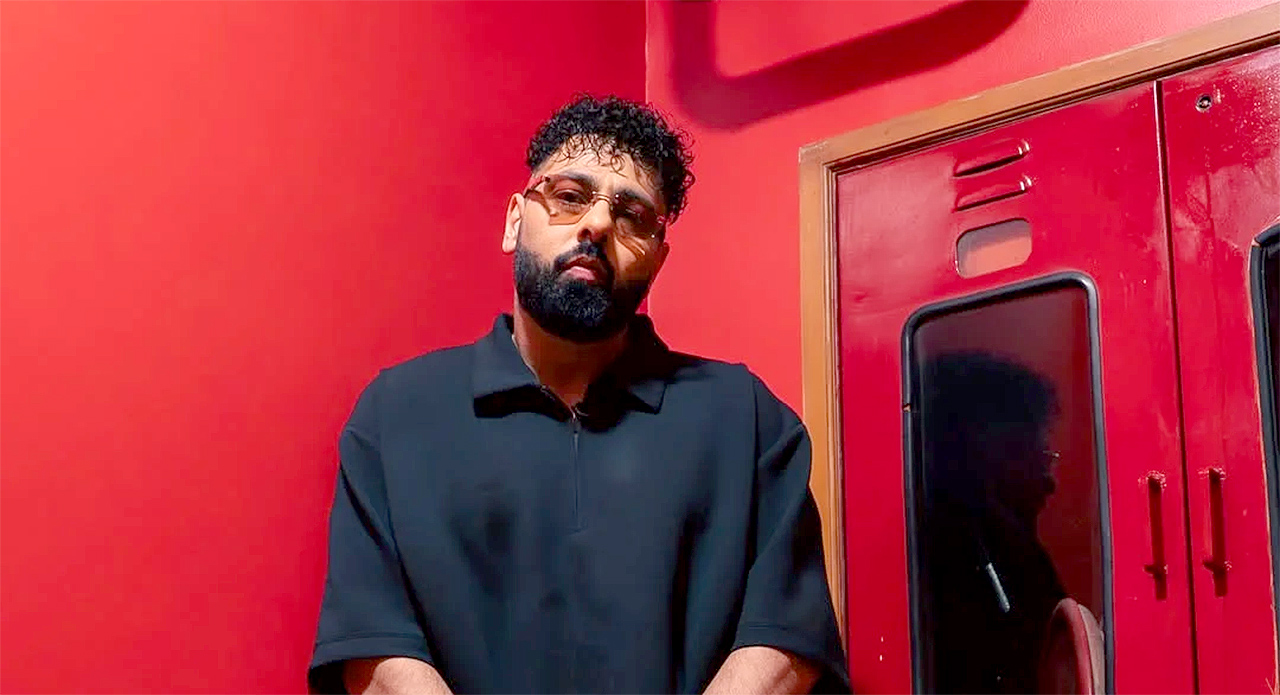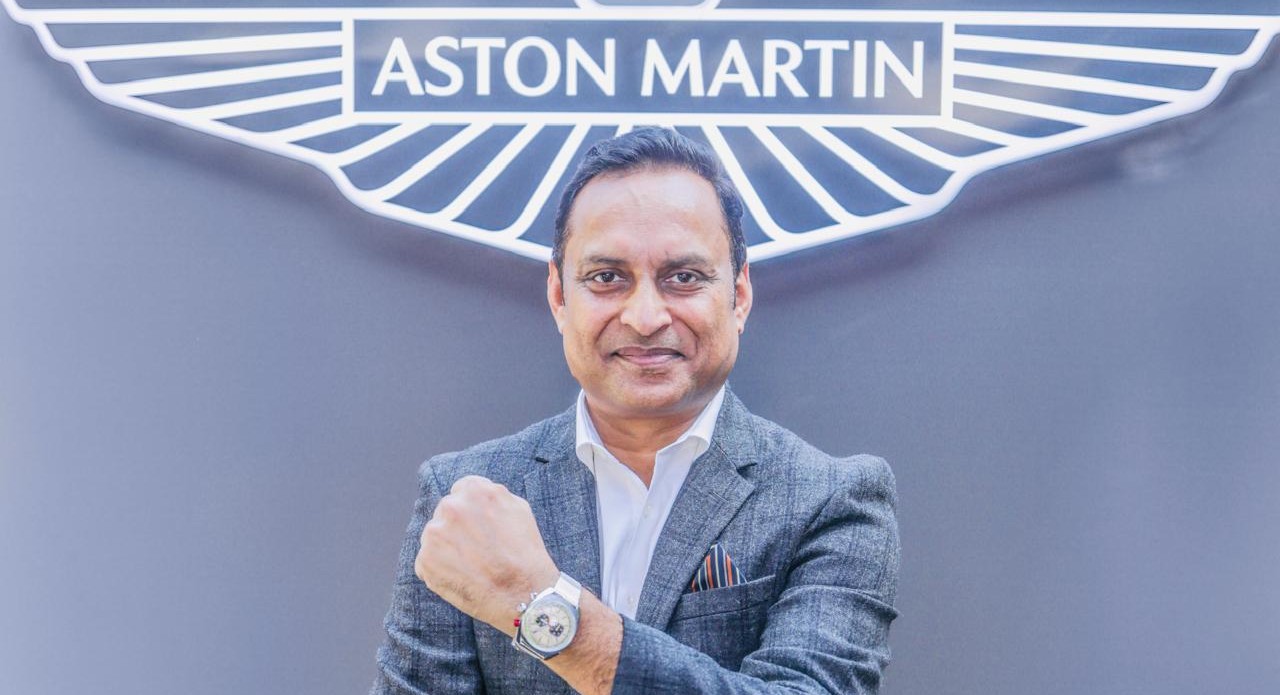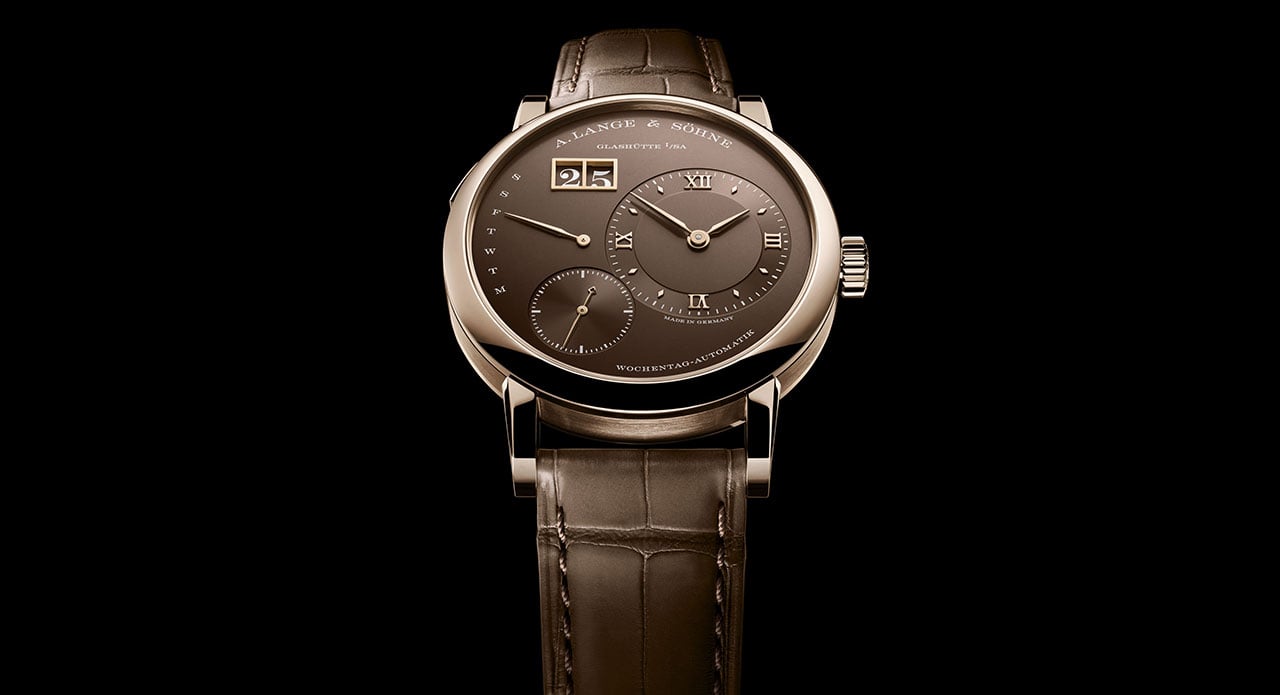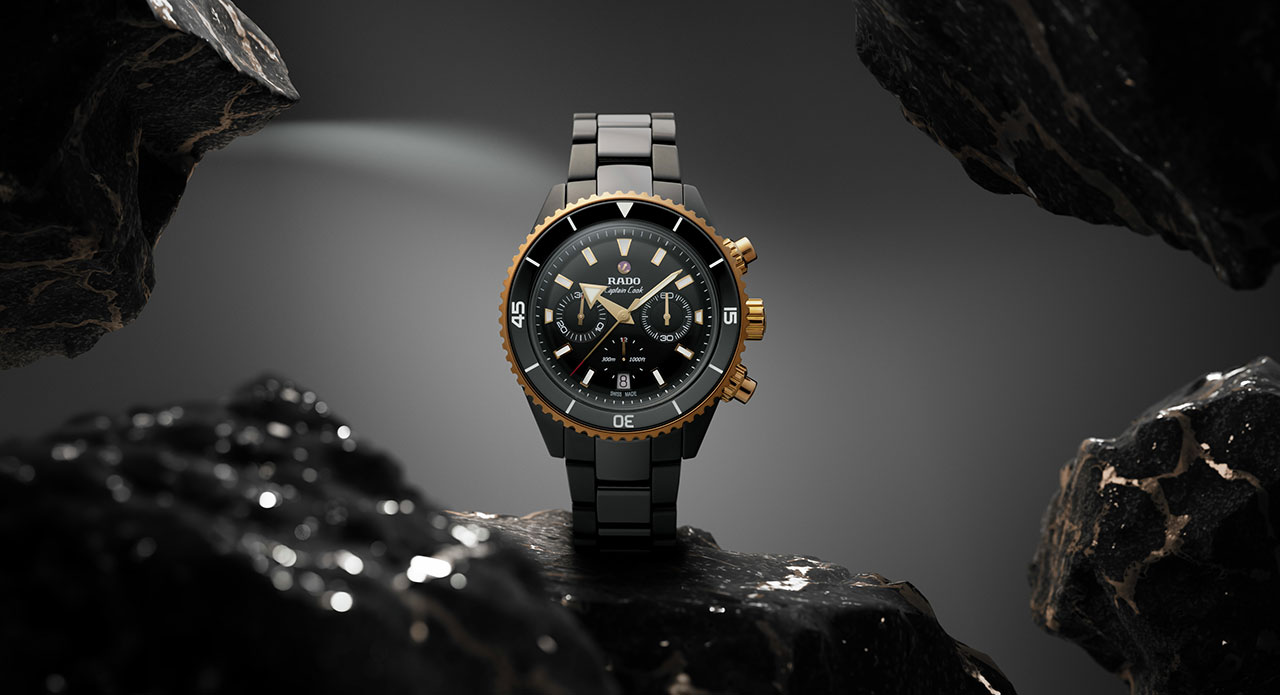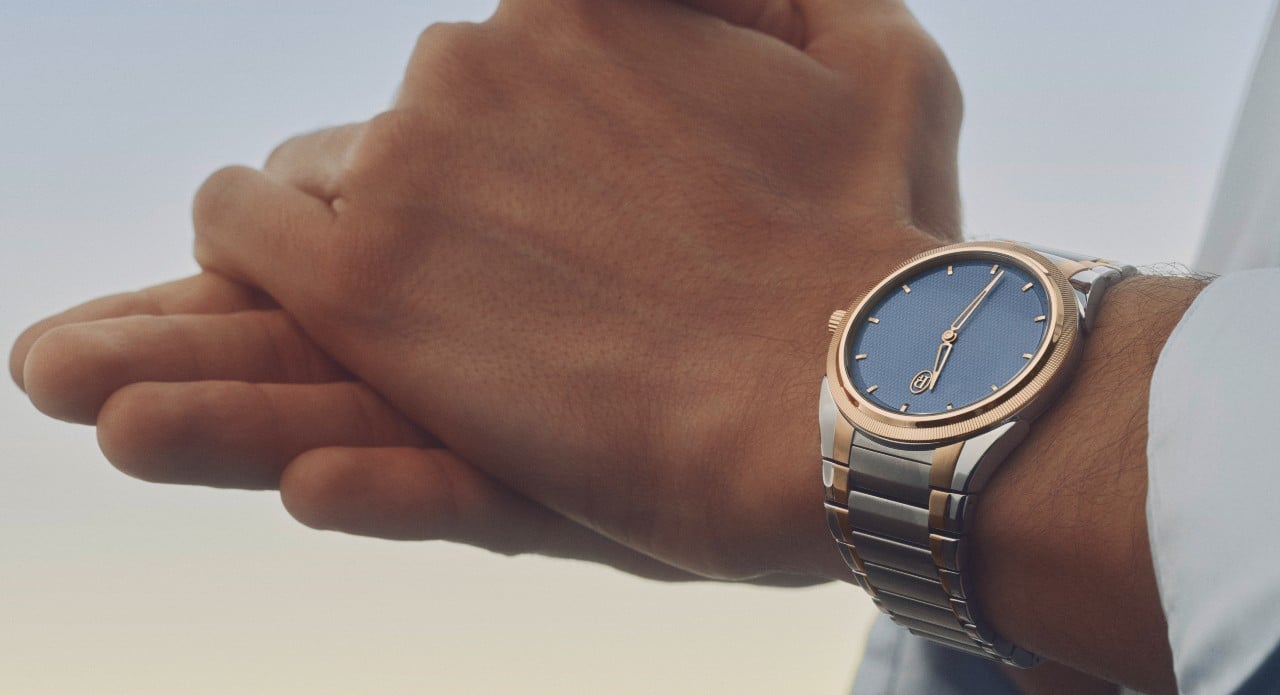Watches have always been more than just timekeepers—they are instruments of history, precision, and design. Among all watch complications, the chronograph stands out as one of the most versatile and storied. Originally developed as a scientific and sporting tool, the chronograph’s ability to measure short time intervals revolutionised the way humans interacted with time. Its deepest association, however, lies with the world of racing—where split-second accuracy defines victory and defeat. Over the decades, chronographs have transcended their utilitarian roots, becoming cultural icons and essential elements of modern watchmaking.
The Birth of the Chronograph
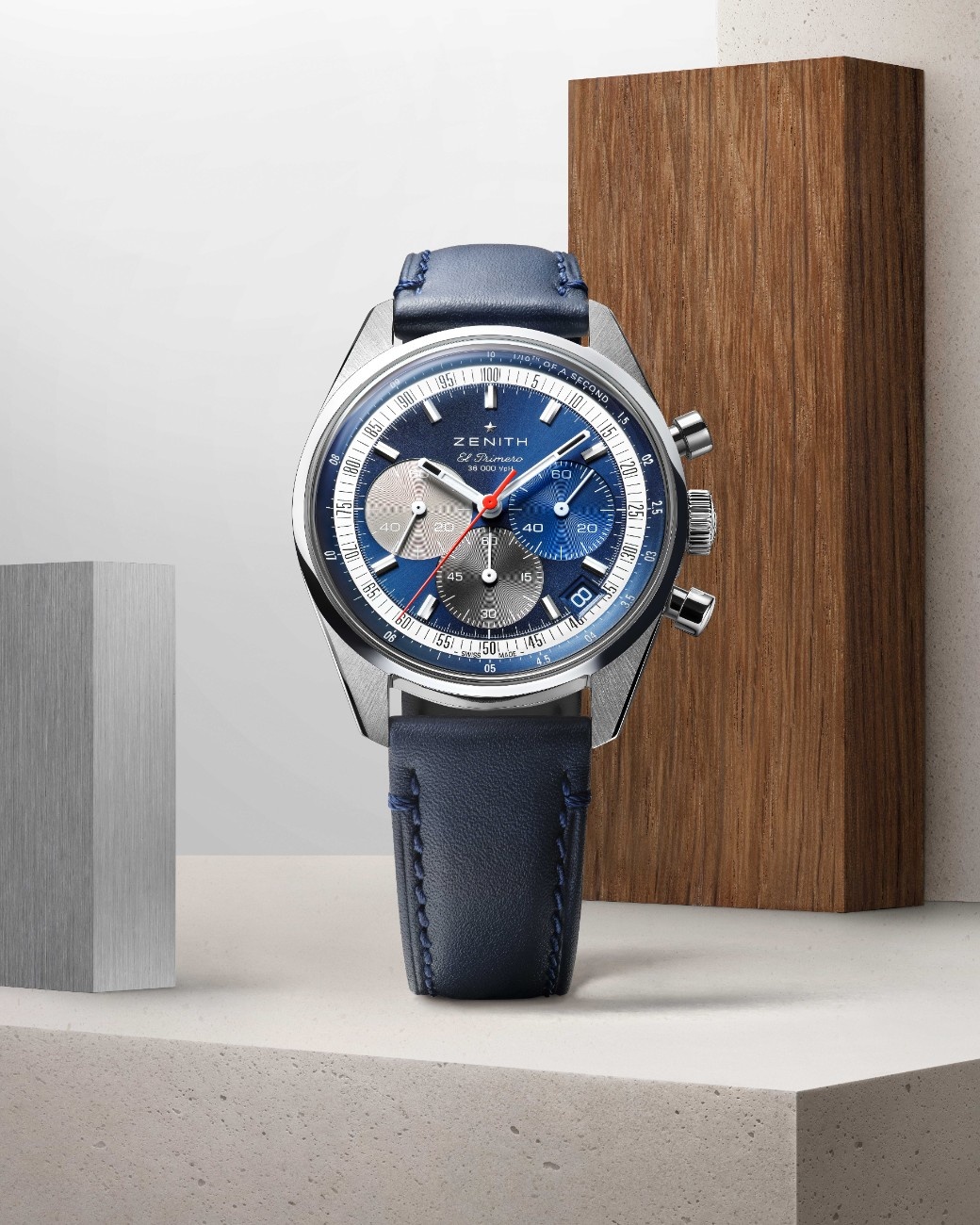
The chronograph, derived from the Greek words chronos (time) and graph (to write), was invented in the early 19th century as a way to record precise time intervals. Nicolas Rieussec, a watchmaker for King Louis XVIII, created the first commercially viable chronograph in 1821 to time horse races. His invention literally inscribed elapsed time on a dial with ink, giving racers accurate results. This innovation marked the beginning of the chronograph’s long association with speed and competition.
As watchmaking advanced, chronographs evolved into wristwatches by the early 20th century, prized by aviators, engineers, and doctors for their ability to measure elapsed time with accuracy. But it was in the mid-20th century, with the golden era of motorsport, that chronographs cemented their legacy.
Chronographs and the World of Racing
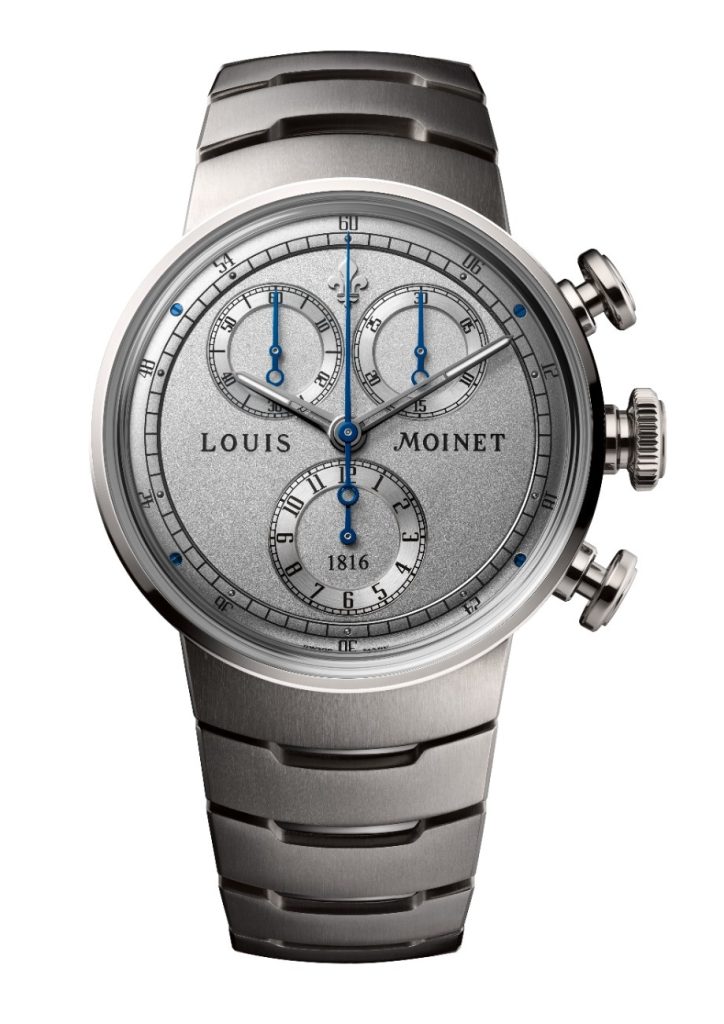
The bond between chronographs and racing is legendary. In motorsport, timing is everything—fractions of a second determine champions. Before the advent of digital timing systems, mechanical chronographs were the indispensable tools of racers, pit crews, and race officials.
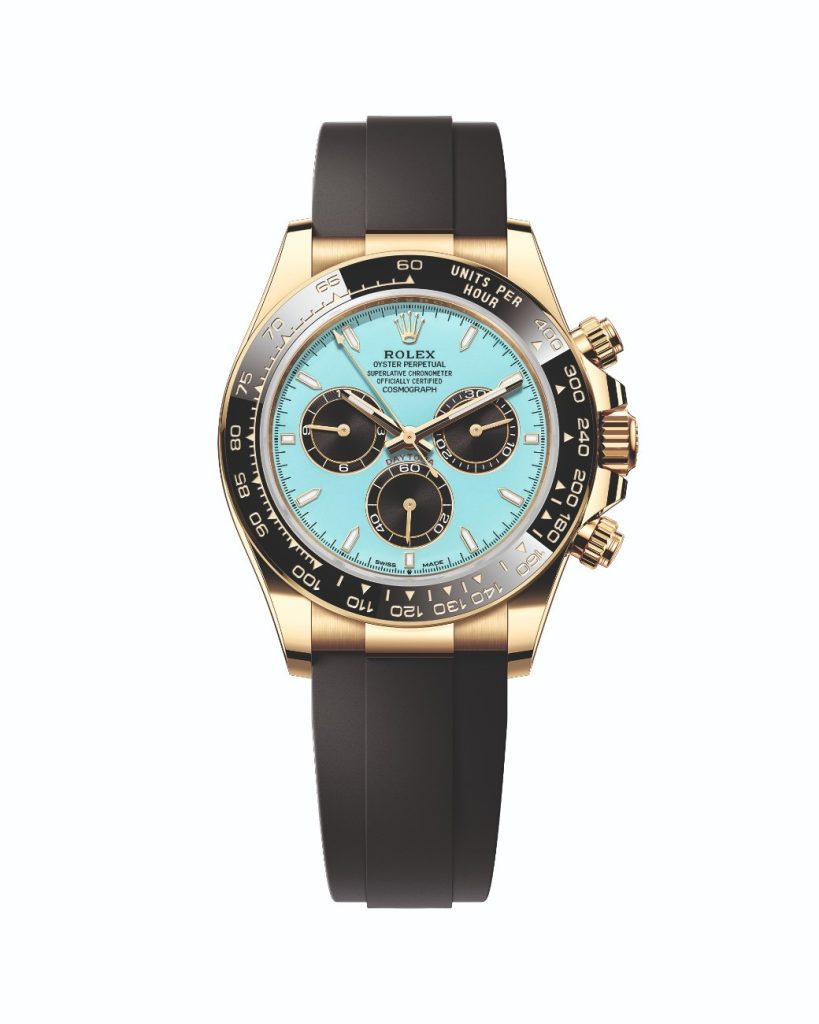
Some of the most iconic chronographs in watch history were born from the racetrack. The Rolex Daytona, introduced in 1963, became synonymous with endurance racing and immortalised by actor and racing enthusiast Paul Newman. Similarly, the TAG Heuer Carrera, launched in 1963, was designed specifically with drivers in mind, offering legibility and precision under high-pressure conditions. Heuer also developed dashboard timers for cars and planes, reinforcing its motorsport heritage.
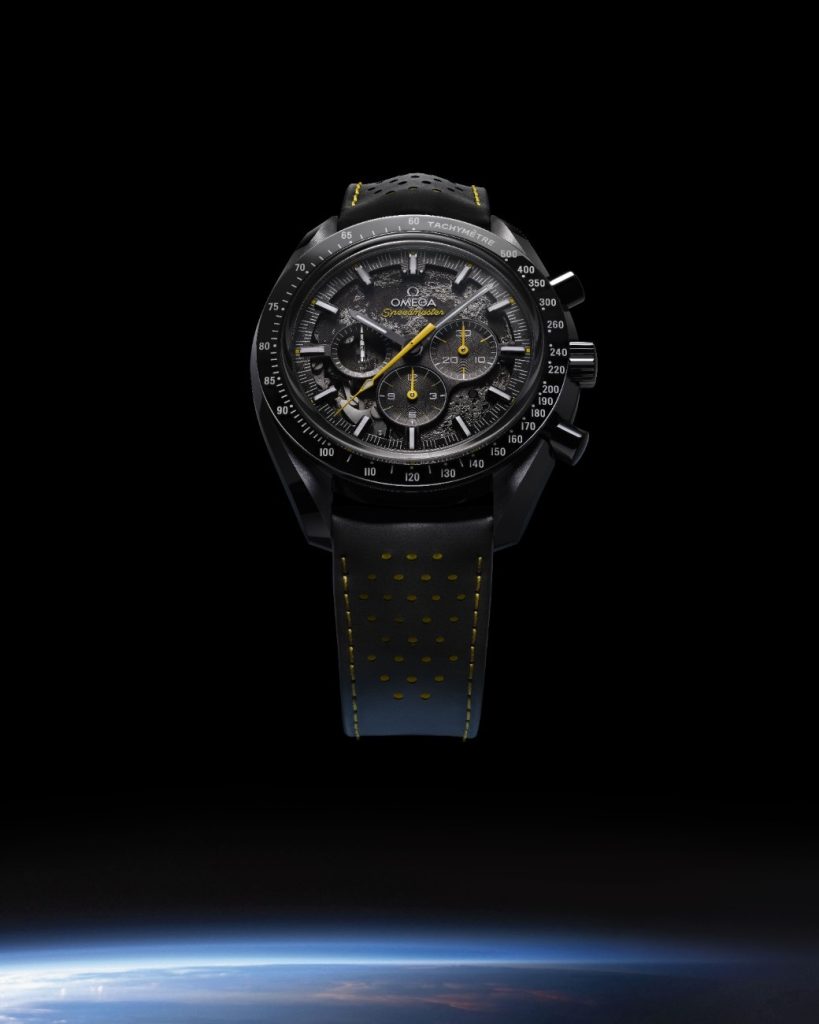
The Omega Speedmaster, while later famous as the “Moonwatch,” was initially marketed as a racing chronograph, capable of measuring average speed thanks to its tachymeter bezel. These examples underscore the chronograph’s role as both a tool of accuracy and a badge of motorsport passion. Even today, racing events like Formula 1 and endurance classics such as Le Mans maintain deep ties with watch brands, with chronographs often serving as official timing instruments. The complication continues to symbolize adrenaline, precision, and victory.
Design and Function: The Anatomy of a Chronograph
Beyond its racing legacy, the chronograph’s enduring popularity lies in its functional charm. At its core, a chronograph is a stopwatch integrated into a watch. Operated by pushers on the side of the case, it allows the wearer to start, stop, and reset the timer independently of the main timekeeping hands.
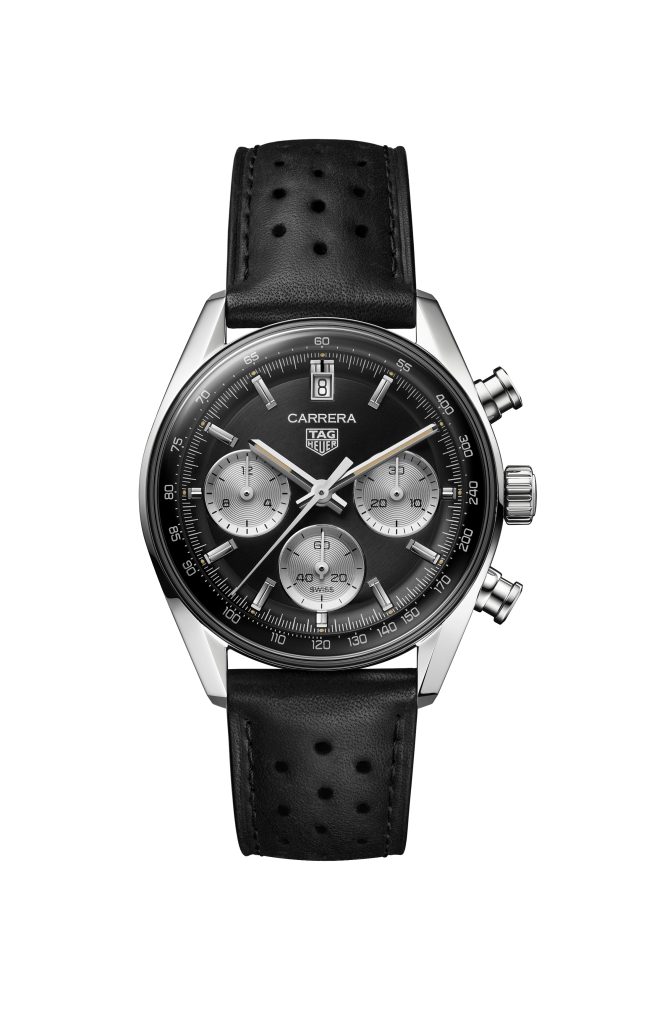
The sub-dials, usually positioned at 3, 6, or 9 o’clock, track elapsed seconds, minutes, and hours. Many chronographs also incorporate a tachymeter scale engraved on the bezel or dial, enabling the wearer to calculate speed over a fixed distance—another nod to its racing roots. This mechanical ingenuity, combined with the visual dynamism of multiple hands and dials, gives chronographs a technical and sporty aesthetic that appeals to enthusiasts and collectors alike.
How Does a Chronograph Work?
A chronograph combines traditional timekeeping with stopwatch functionality, making it one of the most practical watch complications. Typically, the chronograph is operated by pushers located on the side of the watch case. The top pusher starts and stops the timing function, while the bottom pusher resets the chronograph hand back to zero. When activated, the central chronograph hand begins to sweep around the dial, measuring elapsed seconds. Additional sub-dials track elapsed minutes and hours, depending on the watch’s movement. This allows wearers to measure anything from a quick sprint to a long endurance race. The beauty of a chronograph lies in its simplicity: with just two pushers and a reset, you gain a tool that balances mechanical ingenuity with everyday functionality.
From Utility to Modern Influence
While modern racing and aviation now rely on digital instruments, the chronograph remains one of the most beloved complications in horology. Its significance today is less about utility and more about symbolism, heritage, and design. Luxury watch brands continue to release chronograph models, blending advanced movements with contemporary style. Today’s chronographs are crafted with high-tech materials like ceramic, titanium, and carbon fiber, offering durability while embracing sleek aesthetics.
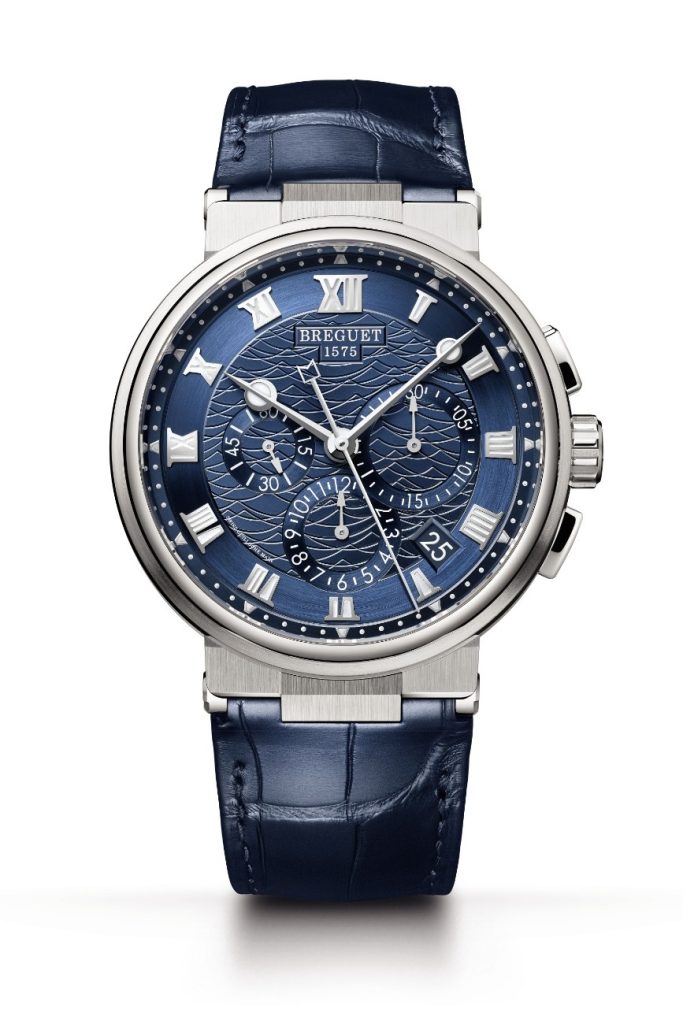
They also serve as fashion statements—timepieces that signify adventure, performance, and a passion for precision. Celebrities, athletes, and influencers frequently sport chronographs, further fueling their desirability. Whether worn in the boardroom, at the track, or on the red carpet, the chronograph has transcended its original purpose to become a cultural icon.
Why Chronographs Still Matter
In an age of smartwatches and digital timers, one might question the relevance of mechanical chronographs. Yet, their enduring charm lies in craftsmanship and storytelling. Owning a chronograph connects the wearer to a century-long tradition of speed, innovation, and sporting excellence. Each press of the pusher evokes the thrill of timing a race, flying a plane, or embarking on an adventure. For collectors, the chronograph represents one of the most versatile and historically rich categories in watchmaking. For everyday wearers, it remains a stylish companion that balances utility with elegance.
